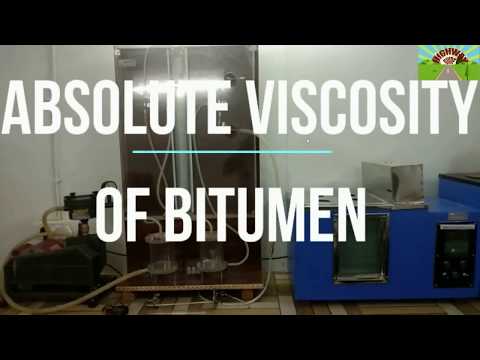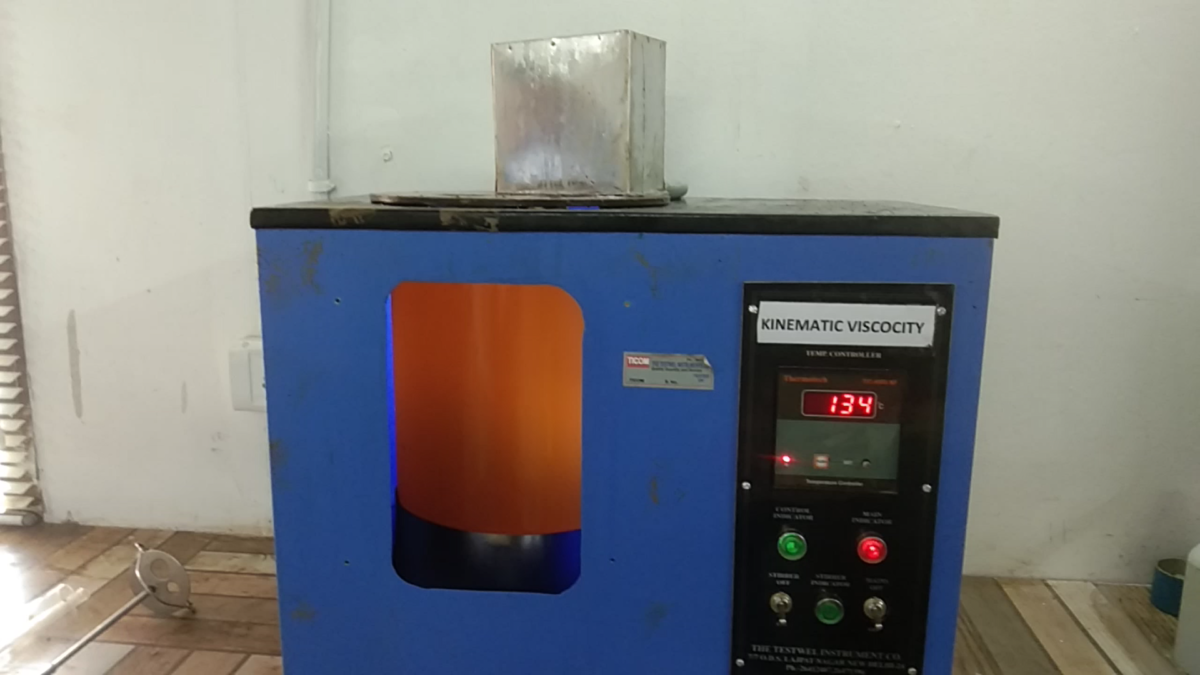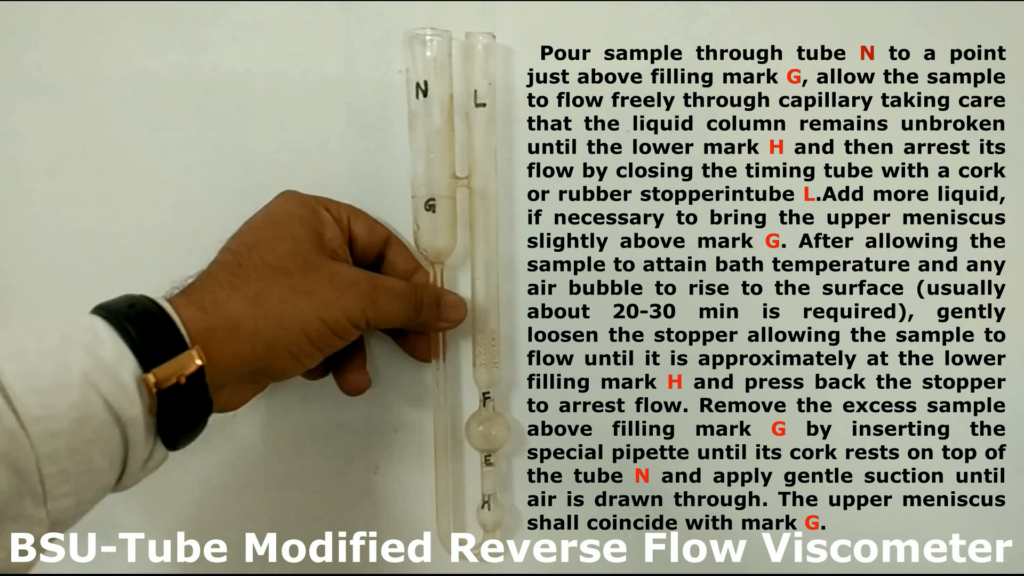Scope
This standard (part II) covers the method for the determination of absolute viscosity of bitumens and cut-backs by vacuum capillary viscometers at any specified temperature. It is applicable to materials having a viscosity range of 42 to 200 000 Poises.
APPARATUS
a.Viscometer – Cannon-Manning Vacuums Viscometer
b.Thermometer – The thermometer shall be of mercury in glass tube with cylindrical bulbs and made of suitable thermometer glass and shall conform to the following requirements:
c.Bath – A suitable bath for immersion of the viscometer so that the liquid reservoir or top of the capillary, whichever is uppermost is at least 20 mm below the upper bath level. The accuracy of the viscometer bath should be ± 0.1°C over the entire length of the viscometer
d.Vacuum System – A vacuum system capable of maintaining a vacuum to within ± 0.05 Cm of the desired level up to & 30 cm of mercury. The glass tubing of 6.35 mm diameter and all glass joints should be completely airtight and no loss of vacuum should be permitted till the experiment is on. A vacuum or aspirator pump is suitable for the vacuum source.
e.Timing Device – A stop watch or stop clock capable of being read up to half a second.
f.Oil for Bath : Silicon oil
procedure
1.Preparation of the Sample – Heat the sample to a temperature not more than 60°C for the tars and pitches and not more than 90°C for bitumens above their softening point . Take about 20 gm of sample into a container and maintain the temperature of 135 ± 5.5°C stirring in water bath or in thin film oven to allow the entrapped air to escape.
2. Charging of viscometer -Charge the viscometer by pouring the prepared sample to within ± 2 mm of flll line E. Place the charged viscometer in an oven or bath maintained at 135 ± 5.5°C for a period of 10 ± 2 min to allow large air bubbles to escape.
3.Testing – Maintain the temperature of bath 60˚C ± 0.1°C & keep the charged viscometer vertical in position into the water. Establish a vacuum of 30 ± 0.05 cm of mercury in the vacuum system and connect it to the viscometer with the valve closed. After the completion of 30 ± 5 min kept in bath , open the valve and allow the asphalt to flow into the viscometer. Measure to within ± 0.5 s the time required for the leading edge of the meniscus to pass between successive pairs of timing marks.
4.Test Completion – After the completion of the test, remove the viscometer from the bath and place it in an inverted position in an oven maintained at 135 ± 5°C to drained off thoroughly from the viscometer. Clean by rinsing several times with benzine completely.
Calculation
Calculate the viscosity by the following equation:
Viscosity in Poises = Kt
where K= calibration factor, in poise per second; and t = flow time, in seconds.
Always report the test temperature and vacuum with the viscosity test results. For example, viscosity at 60°C, 30 cm Hg Vacuum in poises.
PRECISION
The second test results of sample should not differ by more than the following:
1. Repeatability 7 % of their mean
2. Reproducibility 10 % of their mean



